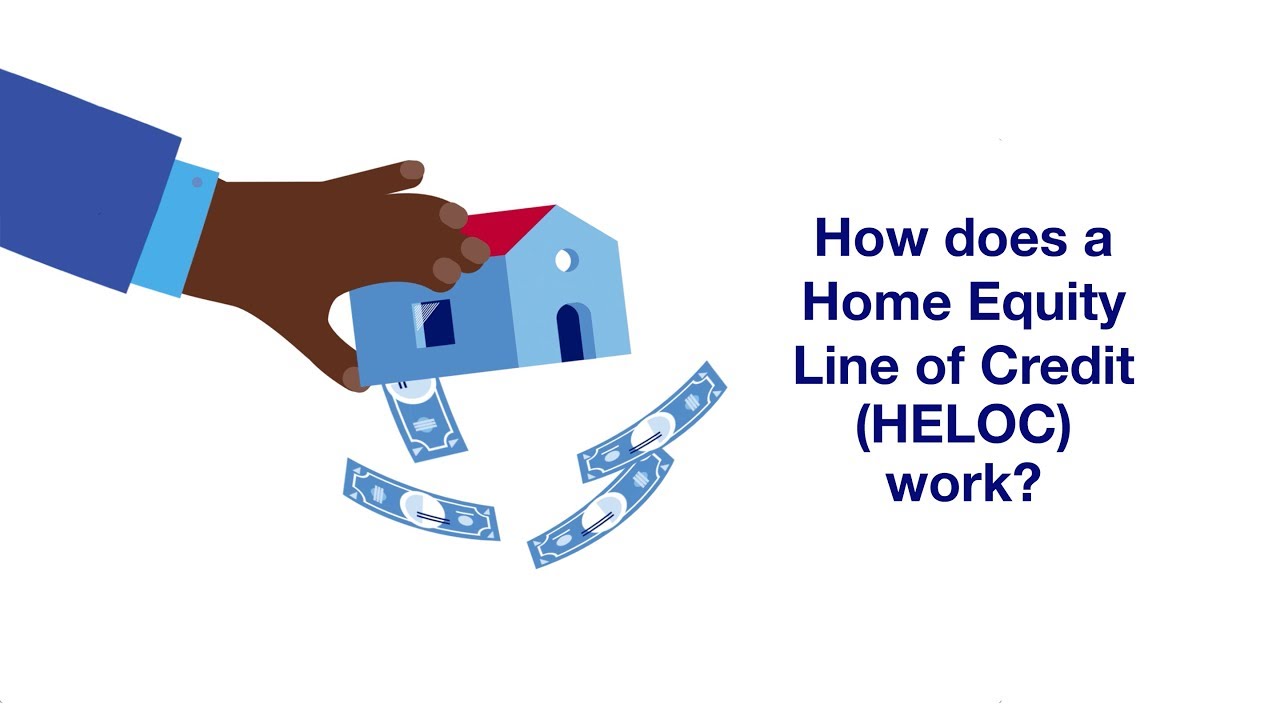When you think about mortgages, you probably envision a long, drawn-out process in which you need to provide various documents and information to a mortgage company in order to receive a loan. In reality, the process is much more streamlined, and most people can receive a mortgage in as little as two hours. If you’re thinking of buying a home and are curious about HELOCs (home equity lines of credit), this article is for you. We’ll explain what they are and how they work, as well as give you tips on how to find the best HELOC for your needs.
Table of Contents
What is a HELOC?
How a HELOC Works?
A home equity line of credit, or HELOC, is a type of unsecured loan that allows borrowers to borrow against the value of their homes. When used in conjunction with a fixed-rate mortgage, a HELOC can improve your monthly payments and lower your overall interest costs. In most cases, you must have at least 20% equity in your home to qualify for a HELOC.
The primary benefit of using a HELOC is that it can provide short-term financing for unexpected expenses or important investments, such as repairs or improvements to your home. Because HELOCs are unsecured loans, you are typically responsible for all repayments on the loan, even if you lose your job or your home goes into foreclosure.
There are several types of HELOCs available from different lenders:
–Fixed-rate: A fixed-rate HELOC offers borrowers slightly better terms than those with variable-rate loans because it locks in the interest rate throughout the term of the loan.
–Interest only: An interest only (IO) HELOC allows you to make minimal monthly payments while enjoying relatively low rates of interest. However, if you choose to pay off the entire principal balance prior to maturity, you will be required to pay additional interest income retroactively.
–Repayment options: With most lenders, you have the option of paying off your HELOC in equal installments over its term or rolling it
How are HELOCs Used?
A HELOC, or home equity line of credit, is a loan that allows consumers to borrow money against the value of their homes. The most common use for HELOCs is to help people cover unexpected costs, such as a car repair or tuition bill.
When borrowers use their HELOCs to pay off other debts, they can reduce their overall debt burden and save money on interest payments. Additionally, because HELOCs are usually issued as a fixed-interest rate loan, borrowers can be confident that they will not lose too much money if interest rates rise over time.
Most HELOCs come with restrictions on how the funds can be used. For example, the loan cannot be used to buy another home or to refinance into a higher mortgage rate.
Most HELOCs have terms of up to 10 years and can have maximum loan amounts of $500,000.
Types of HELOCs
There are many types of HELOCs available to borrowers in Texas, each with its own set of benefits and drawbacks. Let’s take a look at the most popular HELOCs and see what they can offer homeowners.
One common type of HELOC is the fixed-rate loan, which has an interest rate that remains fixed throughout the term of the loan. This type of HELOC is typically best for borrowers who know exactly how long they will need the money and don’t anticipate any major changes in their financial situation over the course of the loan term.
A variable-rate loan has an interest rate that depends on a particular market index or security. This can be a good option for borrowers who anticipate fluctuations in their income or assets over the course of the loan term, as rates may change relatively frequently during this time. However, variable-rate loans tend to be more risky for lenders, as there’s no guarantee that rates will remain stable over the life of the loan.
Another common type of HELOC is a multiple-variable-rate loan, which has more than one interest rate option available at different points in time. This can be a good choice for borrowers who want to ensure they have access to a variety of rates while still maintaining some degree of stability in their monthly payments.
Finally, we have hybrid loans – hybrids combine features from both fixed- and variable-rate loans into one product. Hybrids are typically best for borrowers who want to maintain
What to Consider When Purchasing a HELOC?
When purchasing a home, many people think about getting a mortgage and then looking into HELOCs (home equity loans). The two are similar, but there are some things to consider when purchasing either.
How long will the HELOC loan be available?
The length of the loan is important to consider because it determines how much you can borrow. A short-term loan will have a smaller amount you can borrow, while a long-term loan will allow for more borrowing.
What are the interest rates?
Interest rates on HELOCs vary depending on the lender, but they generally tend to be higher than conventional loans. This is because HELOCs are considered high-risk investments and carry a higher risk of being seized by creditors in case of bankruptcy.
Do I need to be current on my mortgage?
If you have current credit score and no outstanding debt other than your mortgage, you may not need to worry about being current on your mortgage when applying for a HELOC. However, if you have credit issues or owe more on your mortgage than your HELOC is worth, your lender may require that you maintain mortgage eligibility when using your HELOC.
Closing and Using a HELOC
If you’re considering a home equity loan, or if you’ve already got one working and just need to know how to use it, read on!
To close on a HELOC, first make sure you have the funds available in your account. Your lender will want to see the full balance of your HELOC – not just the current balance. Once that’s confirmed, complete the following steps:
1. Fill out an application for a HELOC. This can be done at any bank or credit union that offers HELOCs. Note that some lenders may require additional paperwork (such as proof of income), so consult your loan advisor before submitting an application.
2. Verify the information on your application. Lenders generally request documents such as your social security number, date of birth, and bank account information. Make sure all of this information is correct before moving forward with the closing process. If something changes and you don’t have the appropriate documents handy, contact your lender immediately to update your application information.
3. Deposit money into your HELOC account using a standard checking or savings account. Lenders generally require that you make at least one partial payment towards the principal balance of your loan before they’ll approve the closing process – this is called “due diligence.” Depending on your lender, this partial payment might be as little as 10% of the total amount owed on your HELOC, or as much as half of the total amount billed each month until full payment
Conclusion
If you’re considering a HELOC, it’s important to understand how mortgage companies in Dallas view them. This will help you make an informed decision about whether or not a HELOC is right for you.

Alex is fascinated with “understanding” people. It’s actually what drives everything he does. He believes in a thoughtful exploration of how you shape your thoughts, experience of the world.



